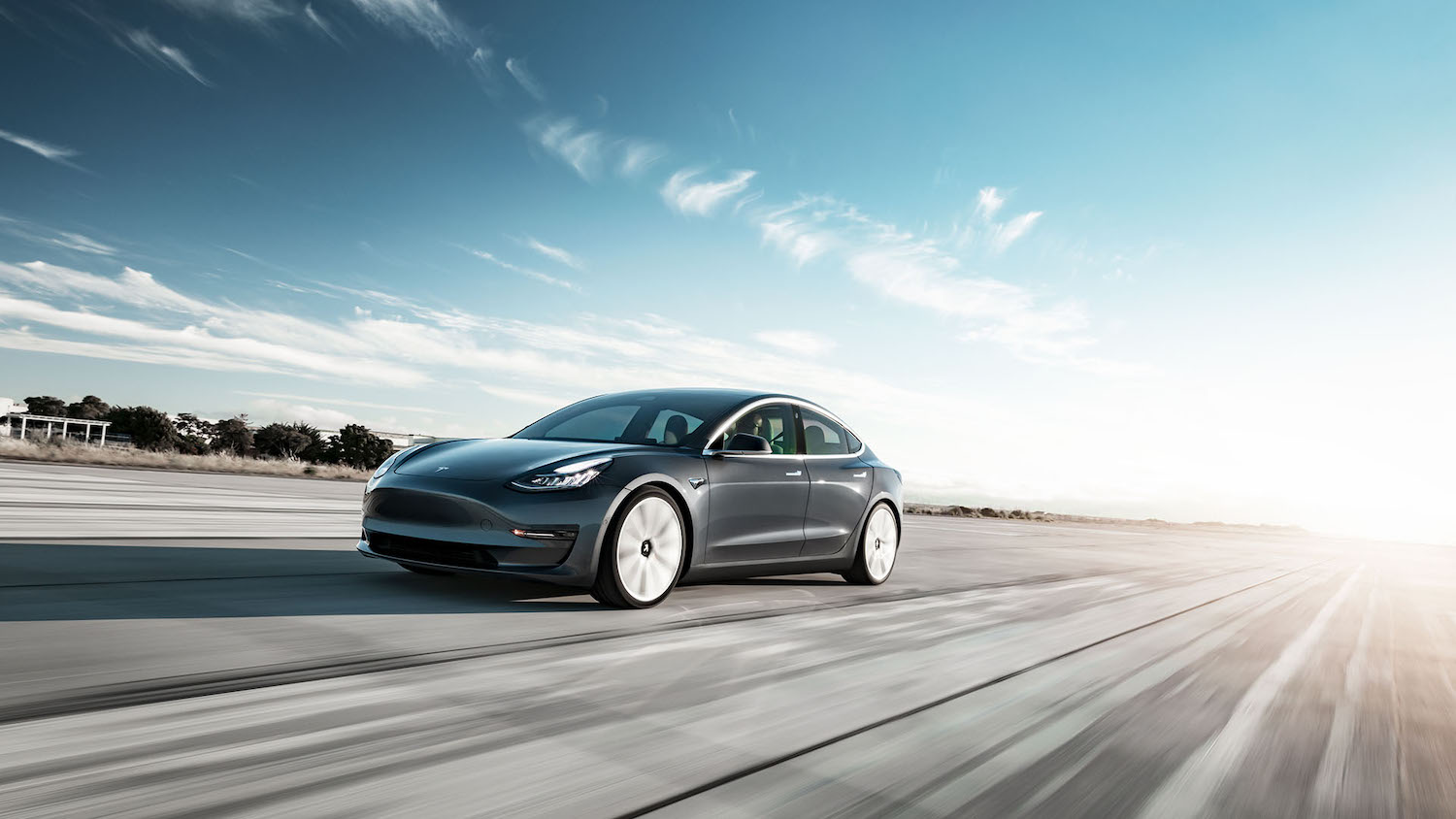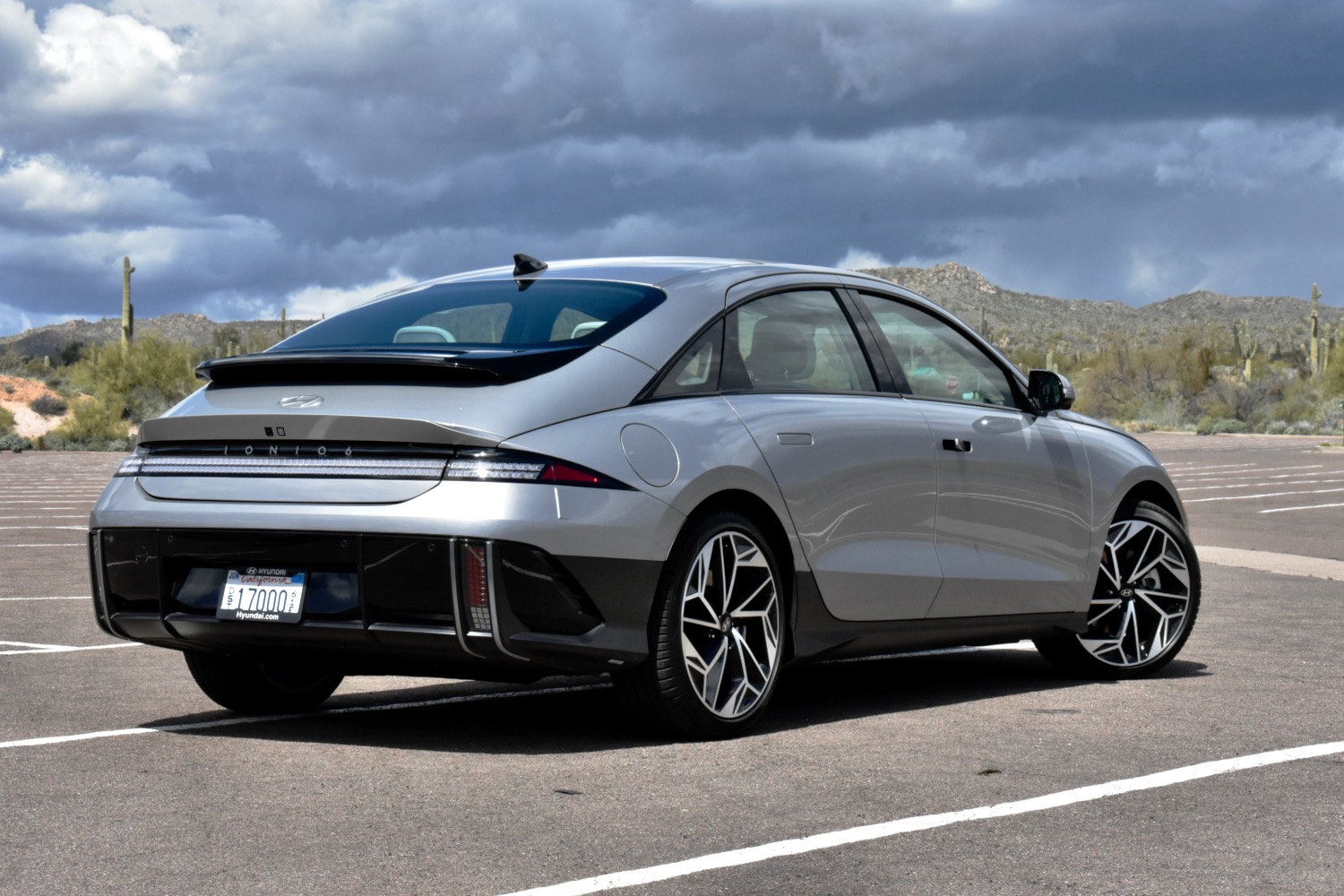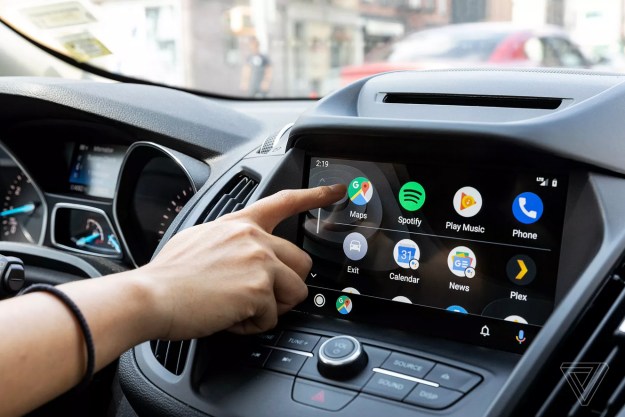EVs of all shapes and sizes are finally coming, but not in equal measure. While we now have a solid array of midsize crossovers (like the Hyundai Ioniq 5 and Kia EV6), sedans and SUVs aren’t quite there yet. Sure, we have expensive sedans and SUVs, like the Rivian R1S and the Lucid Air, but if you’re looking for a car for your small family and don’t want, or can’t afford, to spend a ton of cash, your options are limited.
But that’s changing — and there’s a new car that, at least right now, makes a serious case for itself. The Hyundai Ioniq 6 is the best electric sedan for the masses, and it goes right up against the likes of the Tesla Model 3 and Polestar 2. With a base price of $41,600, the Ioniq 6 is right in the same league as the $40,240 Model 3 and $48,400 Polestar 2.
What else is even out there?
When it comes to lower-priced electric sedans, before now, there were really only two options: the Tesla Model 3 and the Polestar 2. Other sedans exist, but they’re not accessible by the majority of drivers. I recently reviewed the Lucid Air Grand Touring and loved it — but I’m not spending $138,000 on a car unless I win the lottery.

And, to be clear, neither the Tesla Model 3 or the Polestar 2 are bad cars. On the contrary, they’re both great options. The Model 3 has the benefit of Tesla’s excellent charging infrastructure and superior in-car software, while the Polestar 2 has a great build quality and high-quality materials.
But both of those cars also have issues that the Ioniq 6 solves. Tesla’s cars aren’t exactly lauded for their build quality, and they’re a little bare for many on the inside. The Polestar 2 is more expensive than the other options, plus its range tops out at 270 miles.
What makes the Ioniq 6 so great?
The Hyundai Ioniq 6 solves those problems. I had a chance to drive the car, and I found the build quality to be better than Tesla’s — just like the Ioniq 5. While the software isn’t as refined as that in the Tesla, it supports CarPlay and Android Auto — which I still prefer to Tesla’s interface. Plus the Ioniq 6 charges faster than a Tesla car, supporting the 350kW fast charges that can get a car to 80% in under 20 minutes.

The Polestar 2 is a slightly tougher competitor. It’s an excellent car built by a company with a history of excellence (Volvo). But it’s also limited in range — maxing out at 270 miles, which just so happens to be the range of the lowest-range Ioniq 6 Limited. At the top end, the Ioniq 6 can hit 361 miles of range, which is almost 100 miles more than the Polestar 2.
There are other things that I like more about the Ioniq 6, too. Both cars look great, but the Ioniq 6 is definitely flashier and sleeker, which might make it more appealing to some buyers. And, it has quite a comfortable interior — though again, so does the Polestar 2.
It’s time for a price war
If there’s one thing the EV industry needs right now, it’s a price war — and it’s not unthinkable for that to happen. Over the past six months or so, Tesla and Ford have engaged in such a price war with the Model Y and the Mustang Mach-E, and it has resulted in much lower prices for customers. The Ioniq 6 is already inexpensive, but so is the Model 3 at this point — and hopefully, the increased competition will push both into the sub-$40,000 price range.
Even if it doesn’t, at least there’s increased competition — and more choice is always a good thing.
Editors' Recommendations
- I’m glad the Hyundai Ioniq 6 isn’t just a smaller Ioniq 5
- Hyundai just made the Ioniq Electric better in Europe. Will the U.S. get it?


